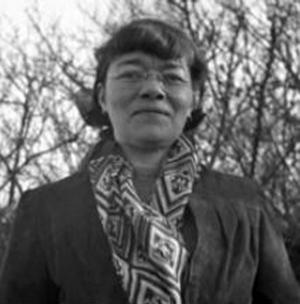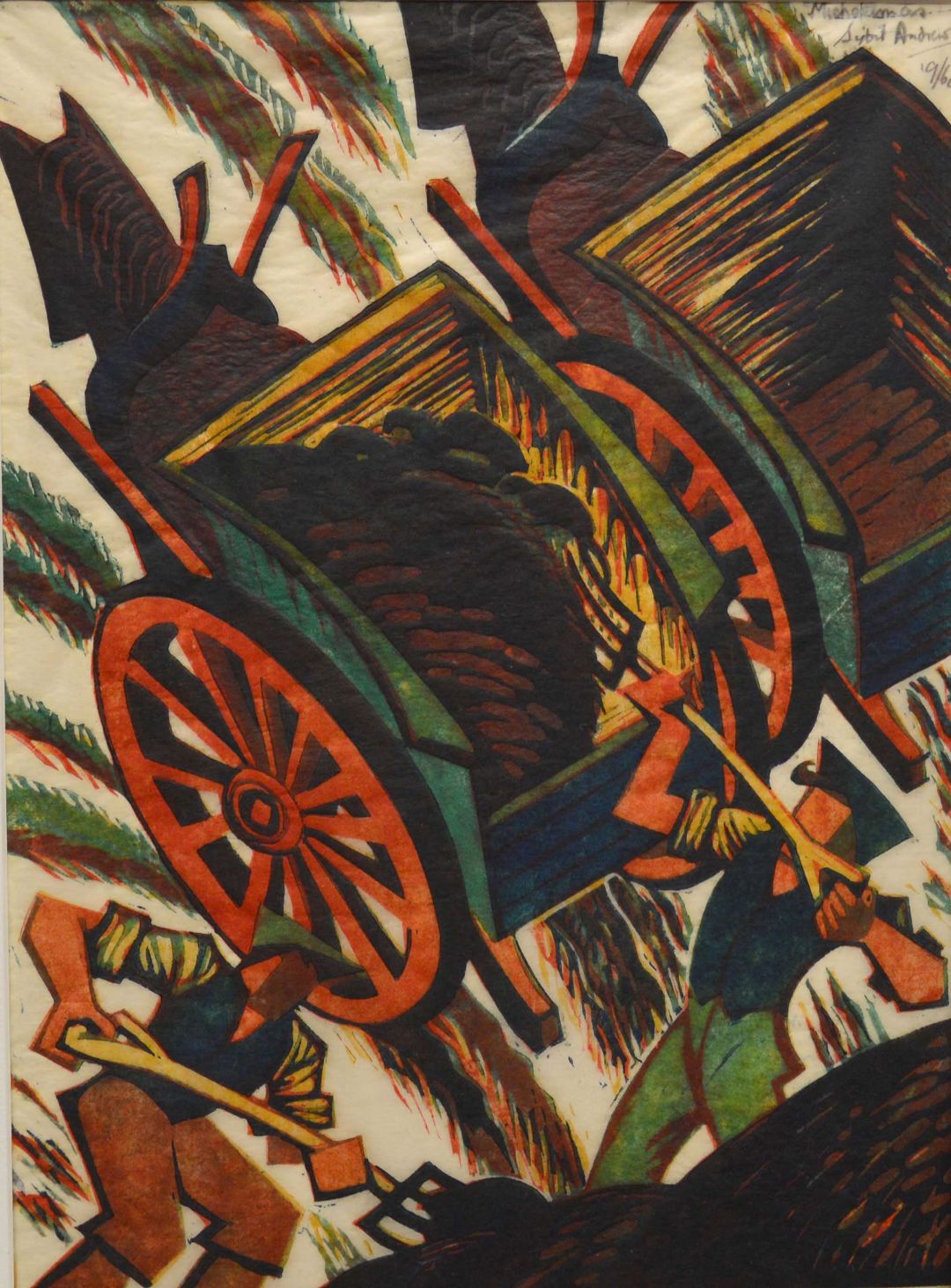Sybil Andrews
Sybil Andrews: Master of Modernist Linocuts Discover the legacy of Sybil Andrews (1898-1992), an influential English-Canadian artist celebrated for her innovative modernist linocuts. Born in Bury St Edmunds, England, Andrews initially faced financial hurdles in pursuing art but found her path through wartime welding and art correspondence courses. After World War I, she honed her skills at the Heatherley School of Fine Art in London.
Sybil Andrews was born in Bury St Edmunds in 1898. Due to financial constraints, she couldn't attend art school immediately after high school. During World War I, Andrews worked as a welder, contributing to the development of the first all-metal airplane. Simultaneously, she pursued art through correspondence courses. Post-war, she returned to Bury St Edmunds and taught art, eventually attending the Heatherley School of Fine Art between 1922 and 1924.
In London, Andrews met Cyril Power, an architect who became her mentor and collaborator. From 1930 to 1938, they shared a studio in Hammersmith, producing renowned sports posters for London Transport under the joint signature "Andrew Power." The duo's work is noted for its dynamic portrayal of motion and modern life.
In 1925, Andrews joined The Grosvenor School of Modern Art as its first secretary, where she studied linocutting under Claude Flight. Embracing the medium’s simplicity and modernity, Andrews created vibrant prints that captured the dynamism of the machine age. Her work often depicted sports, rural life, and scenes of urban vibrancy.
During World War II, Andrews returned to welding, constructing warships for the British Power Company, where she met her husband, Walter Morgan. In 1947, the couple moved to Campbell River, British Columbia, Canada. Andrews continued her artistic practice, becoming a local celebrity and a member of the Society of Canadian Painters, Etchers, and Engravers.
Sybil Andrews' art has been showcased globally, from the Dulwich Picture Gallery in London to the Glenbow Museum in Canada. Her linocuts are celebrated for their bold, geometric forms and vibrant colors, reflecting the fast-paced changes of modern society. Andrews' contributions to modernist printmaking and her role in the Grosvenor School remain influential, cementing her legacy as a master of linocut art.

Available Artwork
Flower Girls
- Linocut on Paper
- 10.6 x 9.8 in
- 1934
- CAD $30000.00
Exceptional Sales
Mowers
- Linocut on Paper
- 11.5 x 13.75 in
- Sold
Fall of the Leaf
- Linocut on Paper
- 14.3 x 10.1 in
- 1934
- Sold
Anno Domini
- Linocut on Paper
- 13.75 x 16 in
- Sold
Michaelmas
- Linocut on Paper
- 12 x 8.75 in
- Sold
Indian Dance
- Linocut on Paper
- 8.75 x 8.25 in
- 1951
- Sold
Are you considering selling your historical works?
We offer a viable and safe alternative to auction houses, eliminating the risk of devaluation when a work publicly fails to sell. We have no hidden fees and our transactions are dealt with the utmost discretion.








